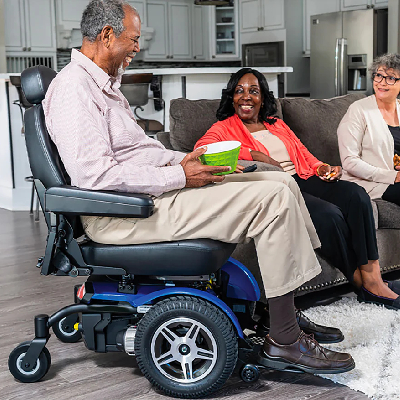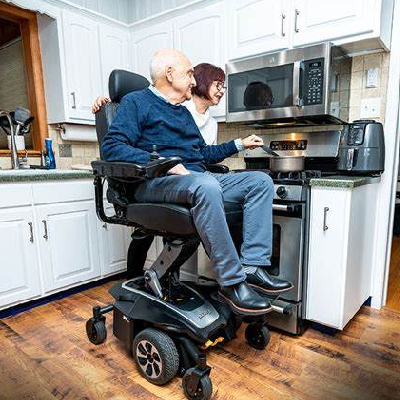Selecting the right wheelchair is more than just choosing a mobility device; it’s about ensuring comfort, safety, and optimal functionality for the user. A critical step in this process is the seating evaluation. This comprehensive assessment helps tailor the wheelchair to the individual’s unique needs, promoting better health outcomes and enhancing quality of life. In this blog post, we’ll explore why seating evaluations are essential and what to expect during one.
Personalized Fit and Comfort
Every individual has unique body dimensions, postural needs, and comfort preferences. A seating evaluation ensures that the wheelchair is customized to fit the user’s body perfectly. This personalized fit helps prevent discomfort, pressure sores, and other complications that can arise from prolonged sitting.
Prevention of Health Issues
Improper seating can lead to a range of health problems, including pressure ulcers, poor circulation, and musculoskeletal issues. During a seating evaluation, professionals assess the user’s posture, skin integrity, and pressure points to recommend the best seating solutions. This proactive approach helps prevent serious health issues and promotes overall well being.
Enhanced Mobility and Independence
A well-fitted wheelchair enhances the user’s ability to move independently and perform daily activities. The evaluation considers the user’s lifestyle, mobility goals, and environmental factors to ensure the wheelchair supports their independence. This can significantly improve the user’s quality of life confidence.
Comprehensive Assessment by Experts
Seating evaluations are typically conducted by a team of experts, including physical or occupational therapists, assistive technology professionals (ATPs), and sometimes manufacturer representatives. This multidisciplinary approach ensures that all aspects of the user’s needs are considered. This multidisciplinary approach ensures that all aspects of the user’s needs are considered, from medical history to functional abilities.
Tailored Recommendations
Based on the evaluation, the team provides tailored recommendations for the wheelchair and its accessories. This might include specific cushions, backrests, or positioning aids that enhance comfort and functionality. These recommendations are crucial for ensuring the wheelchair meets the user’s long-term needs.
Ongoing Support and Adjustments
Seating needs can change over time due to factors like weight changes, progression of medical conditions, or changes in activity levels. Regular follow-up evaluations ensure that the wheelchair continues to meet the user’s needs and adjustments can be made necessary.
What to Expect During a Seating Evaluation
A seating evaluation typically involves several steps:
- Initial Interview: The process begins with an interview to gather information about the user’s medical history, lifestyle, and mobility goals.
- Physical Assessment: The therapist assesses the user’s posture, skin integrity, and range of motion. This may include a mat evaluation to examine skeletal alignment and muscle length.
- Trial Equipment: The user may try different wheelchair models and seating components to find the best fit.
- Measurements: Precise measurements are taken to customize the wheelchair and its accessories.
- Recommendations: The team provides detailed recommendations based on the assessment.
- Follow-Up: Regular follow-up appointments ensure the wheelchair continues to meet the user’s needs.
Seating evaluations are a vital part of the wheelchair selection process, ensuring that users receive a device that fits their unique needs and promotes their health and independence. If you or a loved one is in need of a wheelchair, consider scheduling a seating evaluation with a qualified professional to ensure the best possible outcome.



